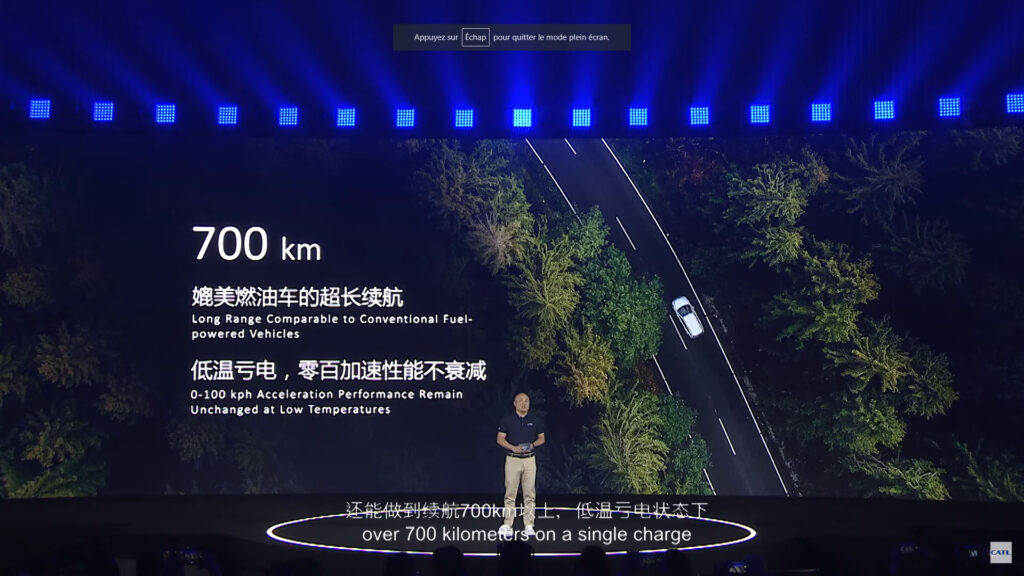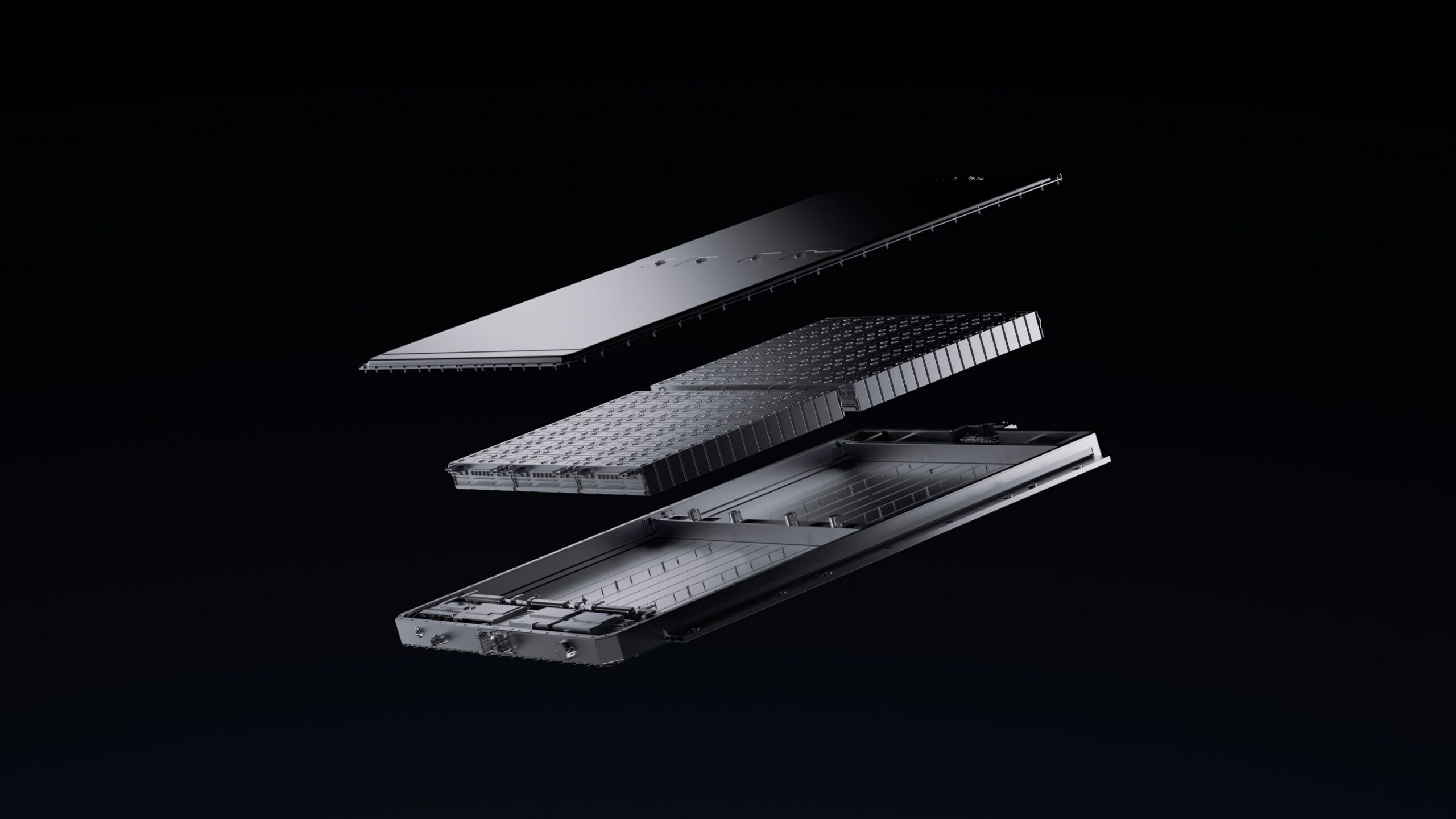Offering reduced charging times should not only be reserved for the most expensive electric vehicles. It is in this spirit that CATL presented its new battery named Shenxing.
Time is money ! So why should a motorist driving a low-budget electric car waste more than an hour of his time at a charging station, when the two to three more expensive vehicle spends only 15 minutes there? With its new battery, unveiled on August 16, CATL decided it was time to rebalance the scales a bit by also offering affordable cars fast charging capabilities.
With this new generation of LFP battery, the Chinese giant is not specifically looking to set new autonomy records, but to make life easier for future users in cities.
Increasingly efficient LFP batteries
The two Chinese battery giants, BYD and CATL, are constantly advancing the various battery technologies, including the most affordable versions called LFP. Little by little, they are widening the gap with batteries developed in Europe or the United States, mainly NMC.
To distinguish between the two major battery chemistries: NMC (nickel-manganese-cobalt) vs LFP (lithium-iron-phosphate), it is quite common to downgrade LFP batteries to lower performance, but much lower price. It is for this reason that LFP batteries are generally more common in entry-level electric cars.
The energy density of LFP batteries being lower, they generally offer less autonomy, compared to a battery of the same capacity in NMC chemistry. The differences are reflected even in the charging powers accepted, which are usually more limited on LFP batteries than on the NMC versions. Finally, this will change with the new CATL Shenxing battery.
With this new Shenxing battery, CATL extends the list of qualities of LFP batteries:
- lower cost,
- Lower degradation over time,
- Ever safer integration (better thermal management),
- No cobalt (a less controversial composition),
- A recharging capacity as high as with an NMC,
- Better resistance to cold than other LFPs,
- Better autonomy than older LFP generations.
700 km in one charge or 400 km in 10 minutes of charging: what to understand from these figures?
It is at this stage of theoretical data at the output of the battery. It is then necessary to observe how the battery is integrated into the vehicle, which can lead to other limitations of the capacities of the battery, whether on the announced autonomy or the charging speeds. For example, a battery of the same capacity will not have the same autonomy depending on whether it is installed in a large, massive SUV or in a sedan with neat aerodynamics. Even if out of battery, the theoretical autonomy is identical.

The same goes for the advertised charging performance. To say that in 10 minutes the battery will recharge 400 km of autonomy, this must make concrete technical data initially not really digestible for non-specialists in the matter.
Behind these figures, we must above all realize that the majority of LFP batteries have never been charged with charge peaks of 4C – i.e. 4 times the capacity of the battery – for example Tesla propulsion have charge peaks of 3C. Except that the more we look towards entry-level models, the more the maximum charging powers are limited.
This CATL battery therefore provides much faster recharging, including on modest-sized batteries on board city cars. We can therefore imagine seeing in the future an urban car with 40 kWh of battery that can charge up to a peak of 160 kW, which currently does not exist. There it is, the real good news.
A real change for those who cannot charge at home
For many motorists who have already chosen to go electric, this innovation may seem of little interest. For those recharging at home, fast charging is only used during large exceptional trips. Except that CATL has already moved on to the next stage, where the electric car must convince those who have no means of recharging on a daily basis (at home or at work) and who need to fill up with electrons on public terminals, without systematically wanting to sacrifice an hour, or wait next to a terminal.
This is particularly the case in the large Chinese megalopolises which are rapidly converting to the electric car. If the terminals are not lacking in the country, customers complain about the time they spend there, when they do not have a car that can offer them fast charging. It is therefore for all these future users of the electric car that CATL wants to make things happen by reducing the inequalities between the models.
Are you passionate about electric cars? Subscribe for free to our Watt Else newsletter, sent weekly and guaranteed 100% without jargon!
Subscribe to Numerama on Google News to not miss any news!
